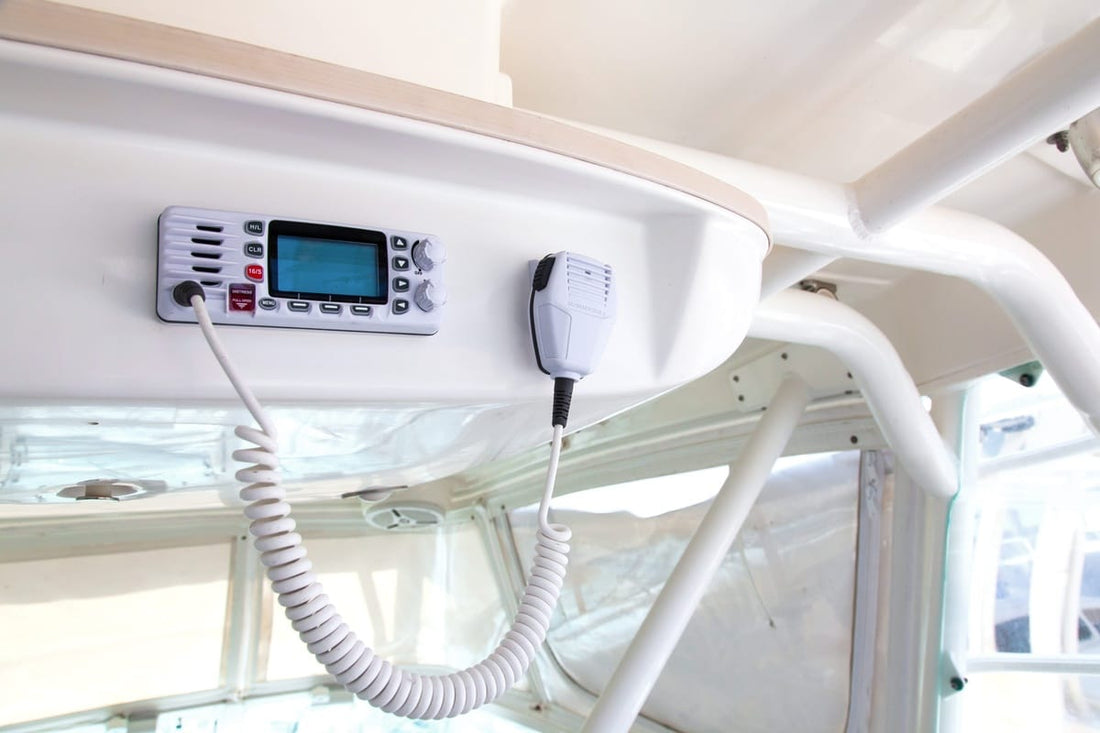
How to Safely Pass a Fishing Boat in the Water
Nicholas HeislerShare
As the sun rises over the tranquil waters, many of us find solace and excitement in the art of boating. Whether you're a seasoned sailor or a novice navigator, encountering fellow boaters, particularly those engaged in fishing, is inevitable. Understanding how to pass a fishing boat safely and respectfully ensures not only your safety but also preserves the tranquility and livelihood of fellow anglers. In this guide, we'll delve into the etiquette and safety measures essential for passing fishing boats on the water.
Maintain a Safe Distance
When approaching a fishing boat, always maintain a safe distance. Respect the space of anglers, as sudden movements or close proximity can disrupt their activity and pose safety risks. A minimum distance of 100 feet is advisable, but adjust your distance based on the size of the watercraft and prevailing conditions.
Communicate Clearly
Clear communication is paramount in maritime encounters. Use appropriate signals, such as horn blasts or radio communication, to indicate your intention to pass. Signal well in advance to give the fishing boat's crew ample time to respond and adjust their course if necessary.
Assess the Situation
Before initiating the pass, assess the surrounding conditions carefully. Take into account factors such as wind direction, current, and potential obstacles. Ensure that passing is feasible and safe for both your vessel and the fishing boat.
Pass at a Safe Speed
When passing a fishing boat, maintain a safe and controlled speed. Excessive speed can create hazardous wake, causing instability for the fishing vessel and its occupants. Slow down to a speed that minimizes wake while still allowing for efficient passage.
Pass Astern Whenever Possible
Whenever feasible, pass the fishing boat astern (behind). This approach minimizes disruption to the anglers and reduces the risk of entangling fishing lines or gear. Maintain a steady course and give the fishing boat ample clearance to maneuver safely.
Exercise Caution in Narrow Channels
In narrow channels or confined waterways, passing fishing boats requires extra caution. Yield the right-of-way to the fishing vessel and proceed at a reduced speed to minimize the risk of collisions. Maintain a vigilant lookout for oncoming traffic and potential hazards.
Monitor Radio Channels
Monitoring relevant radio channels, such as VHF Channel 16, enhances situational awareness and facilitates communication with other boaters, including fishing vessels. Listen for any navigational warnings or requests for passage and respond accordingly.
Respect Fishing Gear
Respect the property and livelihood of anglers by avoiding contact with their fishing gear. Steer clear of marker buoys, lines, and nets, maintaining a safe distance to prevent entanglement or damage.
Learning to Share the Water
Navigating the waterways with respect and consideration for fellow boaters, particularly fishing boats, is essential for a safe and enjoyable boating experience. By adhering to these guidelines, boaters can pass fishing vessels safely and respectfully, fostering harmony and camaraderie on the water. Let's uphold these principles of seamanship, ensuring that every voyage is a journey of courtesy and cooperation. Happy boating!
Disclaimer: This guide serves as a general reference and should be supplemented with applicable maritime regulations and local navigation rules.
When it comes to keeping your boat clean, look to Captains Preferred Products boat cleaning supplies. Find everything you need to keep your vessel squeaky clean all season — always at the best prices.




